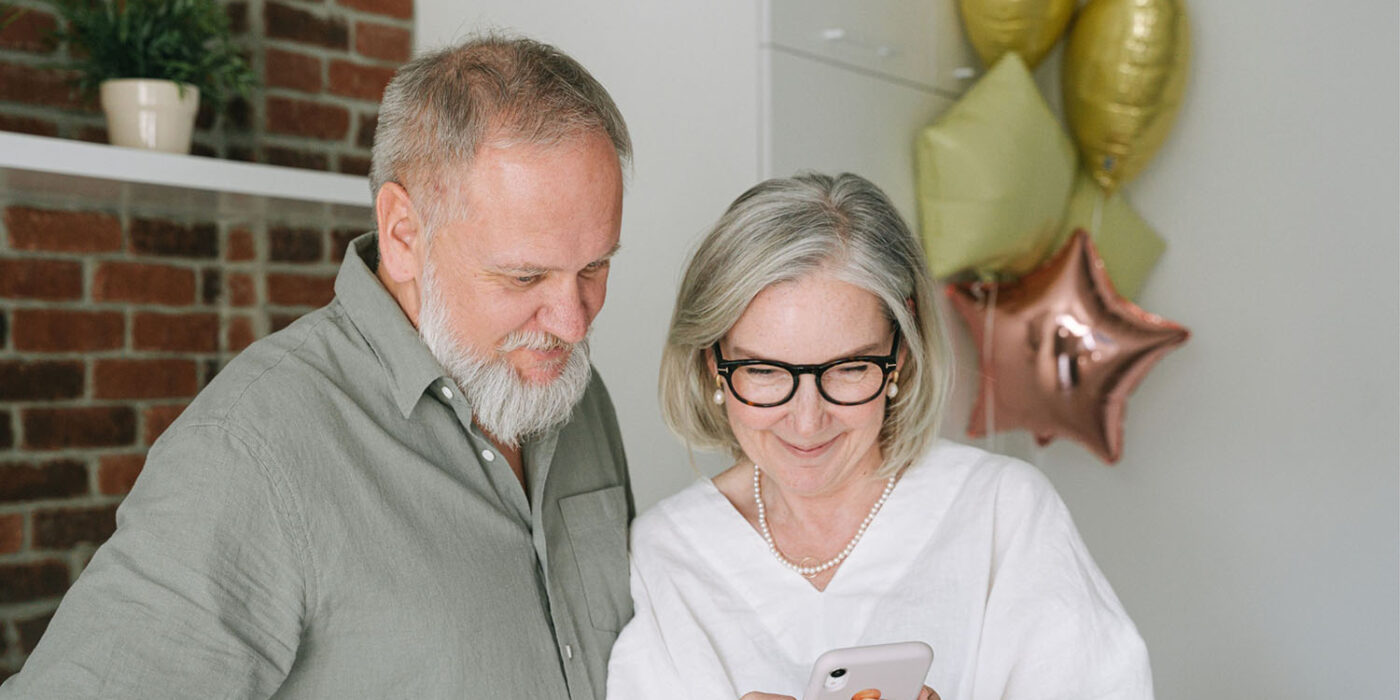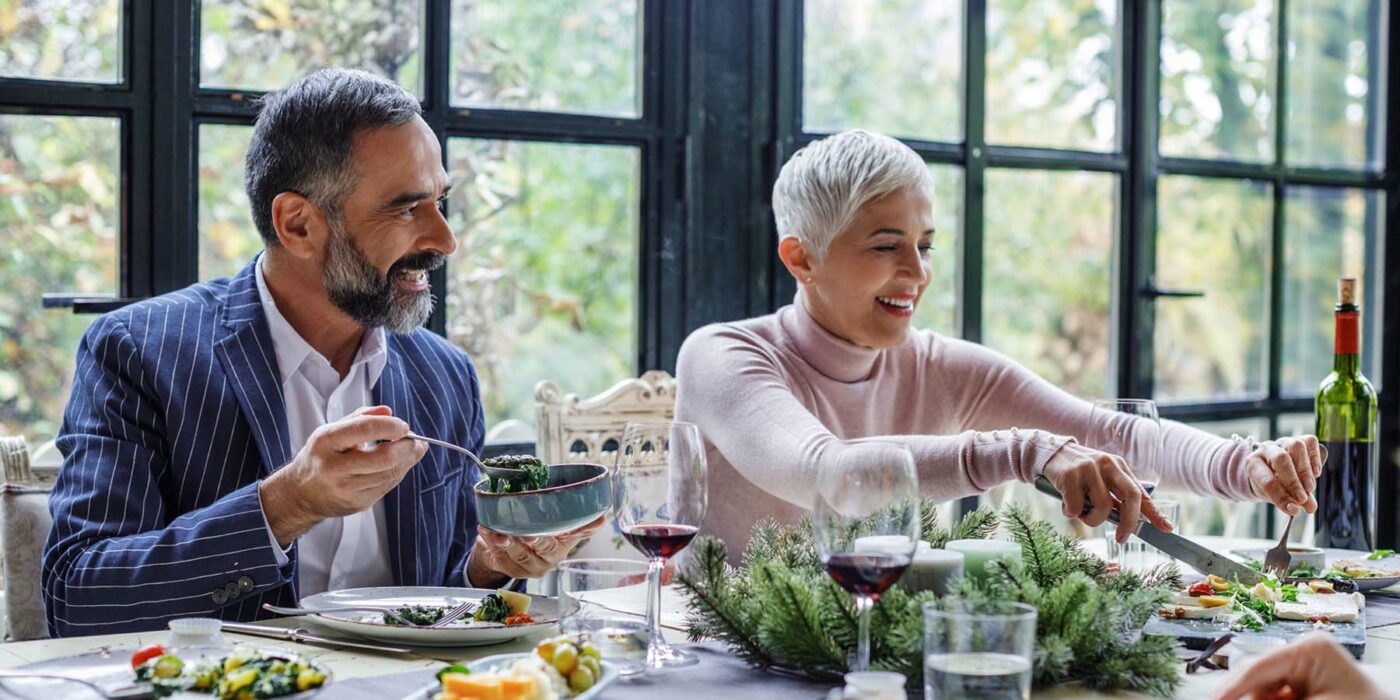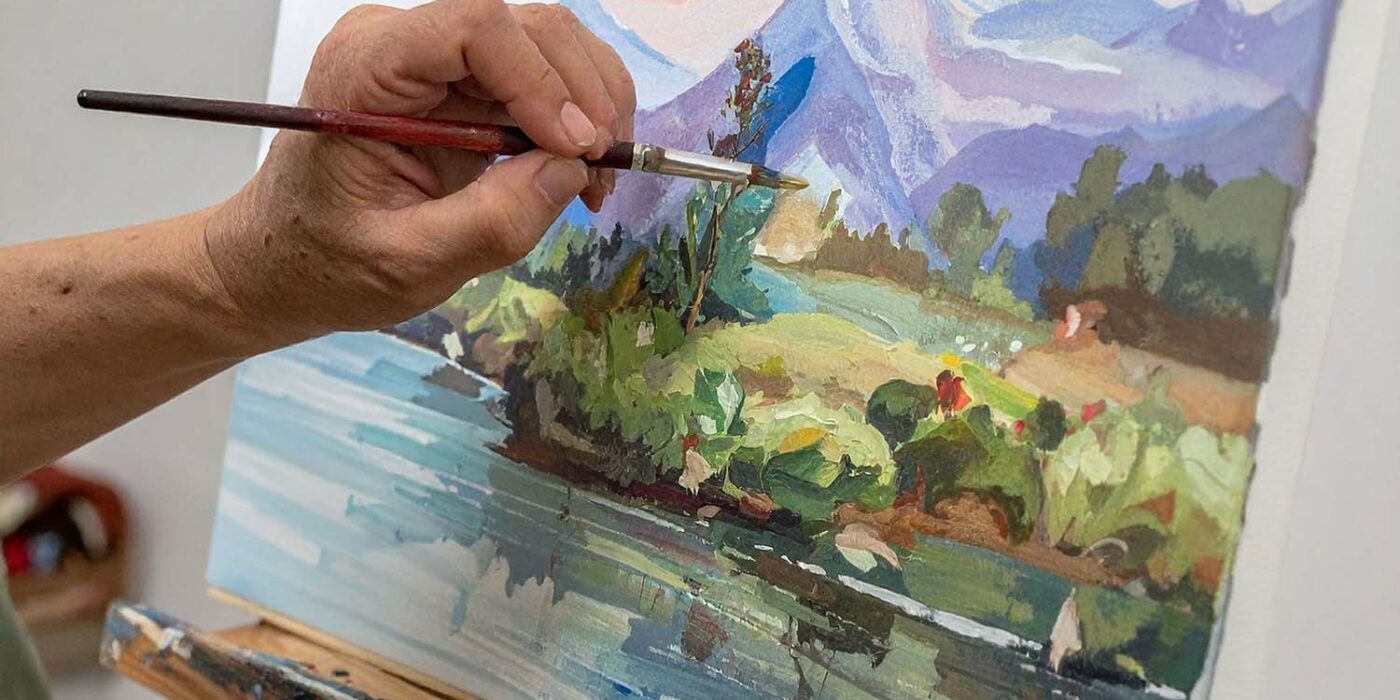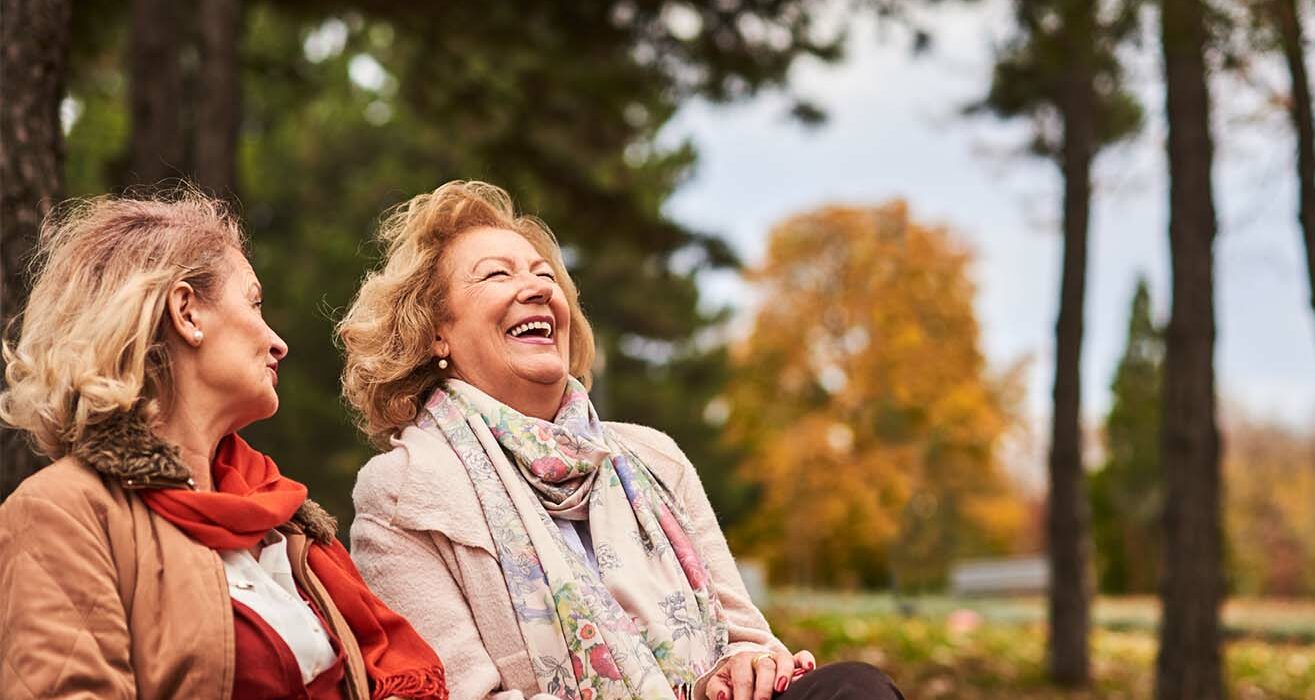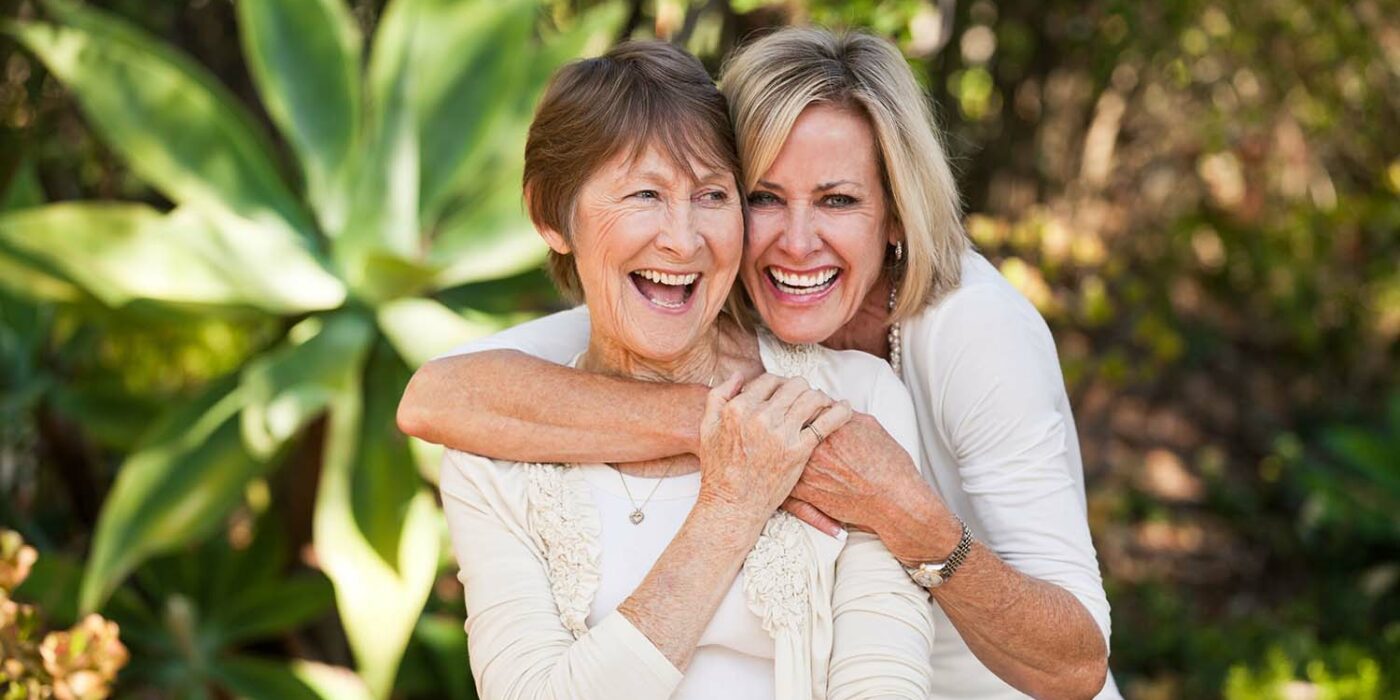The Season of Appreciation
December often feels like it’s wrapped in glitter and expectation. It’s a time of giving and gathering and for many of us, there’s an underlying pressure to do it all perfectly. Yet behind the sparkle and bustle lies a beautiful opportunity to pause and remember what truly matters. In Canada, we’re blessed with a rich mosaic of cultures and traditions. For some, December means Christmas; for others, it’s Hanukkah, Kwanzaa, or simply welcoming a new year. Whatever we celebrate, we can all agree that appreciation is universal. It speaks every language, transcends every holiday, and unites us in our shared humanity. This month let’s celebrate not through the size of our gifts, but through the depth of our appreciation.
“Gratitude is one of the sweet shortcuts to finding peace of mind and happiness inside. No matter what is going on outside of us, there’s always something we could be grateful for.” – author Barry Neil Kaufman
There’s a certain magic that comes from being seen, from having someone acknowledge our efforts, our kindness, our resilience or simply our presence. It doesn’t take much to spark that magic. It could be a handwritten note, a warm smile, a few thoughtful words with the intention of saying: I see you, and I appreciate you. These gestures, though small, carry extraordinary power. They lift spirits, deepen connections, and remind us that we matter. Appreciation, after all, is not about grandeur, it’s about being genuine. Imagine surprising a neighbour with a note of thanks for always waving hello or sending a gift card to someone who’s made your life easier this year. Maybe it’s leaving a kind comment for a staff member or taking time to tell a loved one how much they mean to you. These moments cost little and give much. They shift our focus from doing to being from giving because we should, to giving because we feel grateful and we want to express it.
“If the only prayer you ever say in your entire life is thank you, it will be enough.” – theologian Meister Eckhart
These days, I’ve let go of most of the holiday shopping lists. Instead, I find joy in carrying on family traditions that fill my kitchen and my heart with sweetness. Ahead of the holidays, I make the plum pudding my mum and godmother made together, and the white fruitcake my husband’s mum baked each year. I make lots of both and give them as gifts to friends and colleagues. It’s not about the size of the gift, but the spirit of it. It’s a way to let people know they matter to me. For me now, that’s what the season is all about: it’s about the presence, not the presents.
“Gratitude always comes into play; research shows that people are happier if they are grateful for the positive things in their lives, rather than worrying about what might be missing.” – author, explorer Dan Buettner
Appreciation is contagious in the best way. When we take a moment to notice someone’s light, it encourages them to shine even brighter and to pass that light along. When I started becoming a happiness expert (as in becoming expert in my own happiness) someone said to me that using the light in ourselves to spark a light in someone else is the greatest gift we can offer. I’ve never forgotten those words that now guide my life. I’ve seen for myself that one kind word can change the course of a day, and a small act of gratitude can brighten an entire season. So, as the year draws to a close, may we all find peace in simplicity and joy in appreciation. Let’s give thanks to the people who make our days brighter, for the lessons that helped us grow, and for the countless small moments that make life rich and beautiful. Because in the end, it’s not the presents that fill our hearts, it’s the presence of appreciation.
I’ve got a few suggestions to spark your imagination. Try one or two, heck do them all and remember that no gesture of appreciation is too small.
- Write a Thank You for Being You Note. Instead of thanking someone for what they did, thank them for who they are. A short, handwritten note saying: you bring joy wherever you go, can stay with someone for years.
- Offer the Gift of Listening. Give someone your undivided attention: no phone, no multitasking, simply listening with compassion is one of the purest forms of appreciation.
- Recognize a hidden helper. Express gratitude to someone who rarely gets noticed, like a grocery clerk, mail carrier, or neighbor who quietly cares for others. A simple message to say: I see you and appreciate you can brighten their entire week.
- Leave a Surprise of Kindness. Slip an anonymous note of appreciation into a library book, tip jar, or public bulletin board. You never know who might find it at just the right time.
- Appreciate Yourself. Stand in front of a mirror and say out loud what you appreciate about you. The season of appreciation starts and deepens with self-love because you are important, and you matter.


